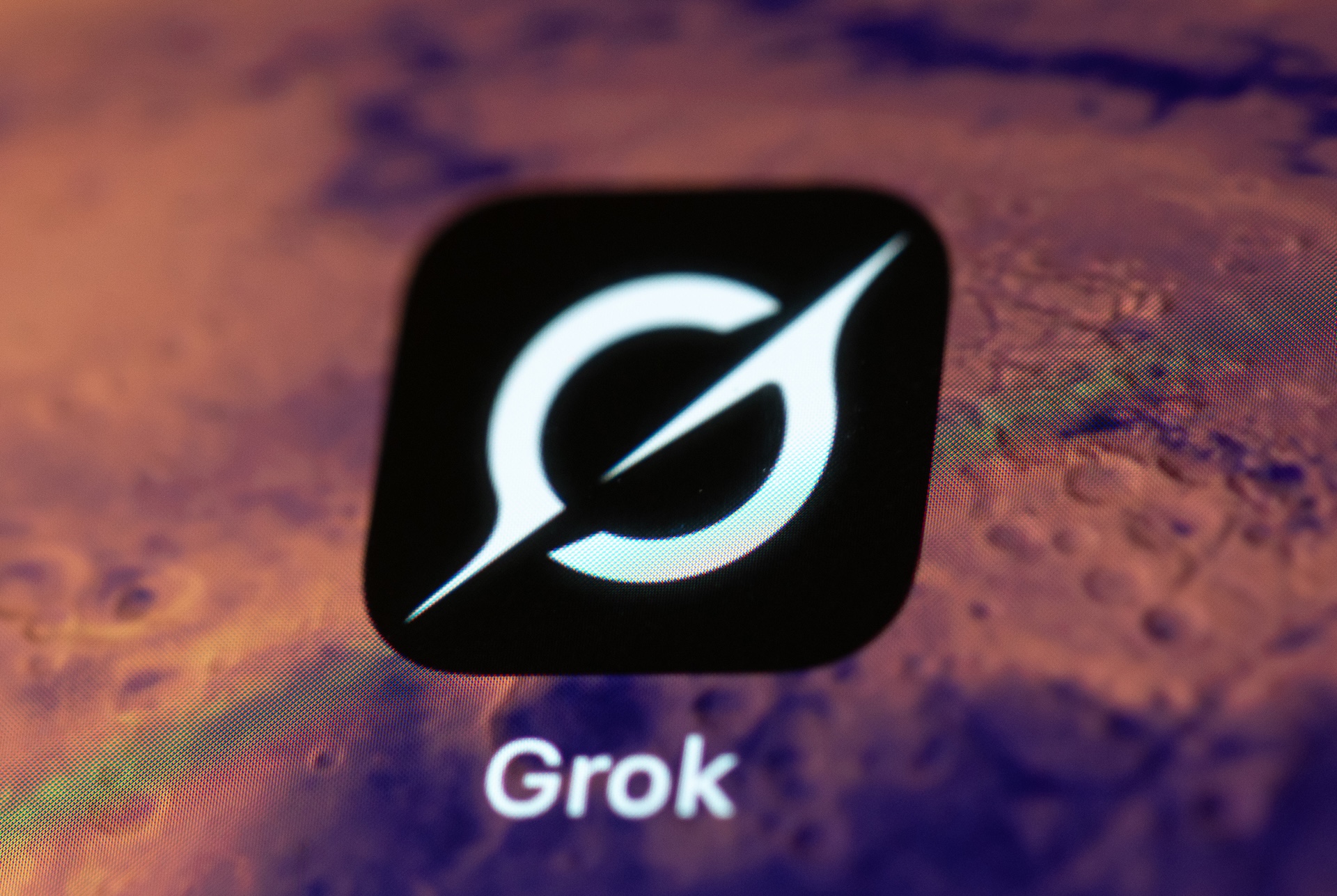Introduction to X’s Advertising Strategy Shift
Elon Musk, owner of the X platform (formerly known as Twitter), announced during a live discussion with advertisers that the platform plans to display advertisements within Grok’s responses, its artificial intelligence. This move is considered a strategic step to bolster X’s advertising business, which has faced challenges since the departure of former CEO, Linda Yaccarino.
Musk emphasized in the meeting that their primary focus until now has been on developing Grok into the world’s smartest and most accurate AI, and according to him, they have largely succeeded in this regard. Now, having achieved this goal, their attention has shifted towards how to fund the high costs of the GPUs required for Grok’s operations.
This new approach signifies a significant change in X’s revenue model, indicating that Grok AI will function not only as a useful tool for users but also as a revenue-generating channel for the company. This move could have a considerable impact on user experience and the dynamics of the digital advertising market.
Musk’s Reasons and Justifications for Displaying Ads in Grok
Elon Musk explicitly stated that the purpose of integrating advertisements into Grok’s responses is to cover the costs of expensive servers and graphics processing units (GPUs) essential for running this advanced AI. Developing and maintaining large language models (LLMs) like Grok requires massive investments in computational infrastructure, and these costs must be offset through new revenue models.
Musk explained that X will allow marketers to bid and display their advertisements within the suggestions provided by the Grok AI chatbot. He stated: “If a user is trying to solve a problem [by asking Grok], then an ad for a specific solution would be ideal at that point.” This indicates a highly targeted advertising model where ads are presented based on the user’s specific needs and questions in real-time.
This strategy holds high potential for increasing ad effectiveness, as advertisers can present their products or services precisely to users who are actively seeking relevant solutions. This approach can significantly boost conversion rates and provide higher value for marketers.
Furthermore, Musk plans to leverage xAI technology, his AI startup, to improve ad targeting on the X social network. xAI acquired X earlier this year for $45 billion, and the integration of these two companies opens new possibilities for using advanced AI data and algorithms to optimize the advertising experience.
Implications of This Decision for Users and Advertisers
Elon Musk’s decision to display ads in Grok’s responses could have several implications for users and advertisers. For users, this means encountering more advertisements within the X environment, especially when interacting with Grok AI. If these ads are targeted and relevant to user needs, they might be less intrusive and even prove useful, but otherwise, they could harm the user experience.
On the other hand, this change creates new opportunities for advertisers. The ability to display ads within AI responses provides a novel and potentially highly effective marketing channel. Marketers can design their campaigns to directly address Grok users’ questions and problems, thereby reaching highly relevant audiences.
However, the success of this model depends on Grok’s accuracy and intelligence in identifying real user needs and delivering non-intrusive advertisements. User trust and satisfaction with AI interaction will be key to the long-term success of this strategy.
The Role of AI in the Future of Advertising
The integration of artificial intelligence into advertising strategies is a growing trend, and Musk’s announcement is just one example of it. AI can analyze vast amounts of user data, identify behavioral patterns, and target ads with unprecedented accuracy. This capability allows advertisers to deliver their messages to individuals most likely to be interested in a product or service, thereby increasing their return on investment (ROI).
With the advancement of AI technology, advertisements are expected to become increasingly personalized and interactive. Grok could be an example of this trend, where AI not only generates content but also plays an active role in the sales and marketing process. This is particularly important in chatbot and virtual assistant spaces that directly engage with users.
However, ethical and privacy challenges also exist in this area. The collection and use of user data for ad targeting require transparency and strict adherence to privacy laws. Companies must ensure that these technologies are employed responsibly and with due consideration for user rights.
This step by X indicates that tech companies are increasingly seeking innovative ways to monetize through AI, especially in the face of economic challenges and the need to fund expensive AI infrastructure. These developments are pushing the future of the advertising industry towards a direction where AI will play a central role in connecting brands and consumers.

Future Outlook and Challenges
Elon Musk’s plans for Grok and ad integration represent a significant step towards utilizing AI to create new revenue models on social platforms. This approach can not only help X manage the heavy operational costs of AI but also has the potential to change the digital advertising landscape. However, ultimate success depends on multiple factors, including user acceptance, the accuracy of targeting algorithms, and X’s ability to manage concerns related to privacy and user experience.
Competition in the field of AI and AI-driven advertising is intense, and X must establish itself as a leader in this domain. Given Musk’s statements about focusing on building Grok as “the smartest and most accurate AI in the world,” this ambition could form the basis of a very powerful advertising platform.
Ultimately, striking a balance between providing an optimal user experience and generating revenue through advertising will be the main challenge. If X can intelligently and non-intrusively integrate ads into Grok’s responses in a way that creates added value for users, this strategy could be successful and set a precedent for other AI-powered platforms in the future.
Article source: TechCrunch




